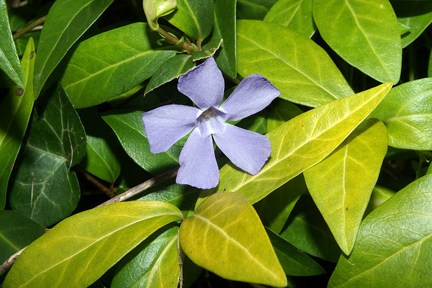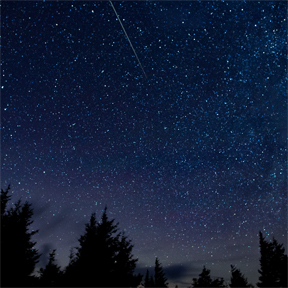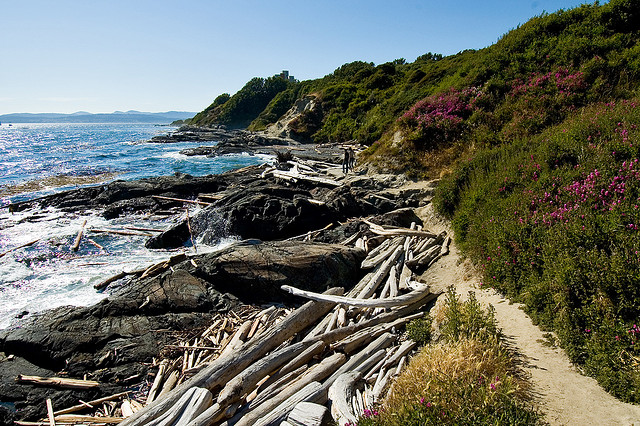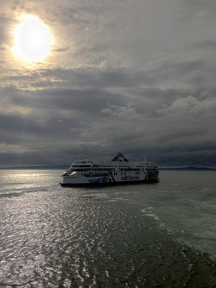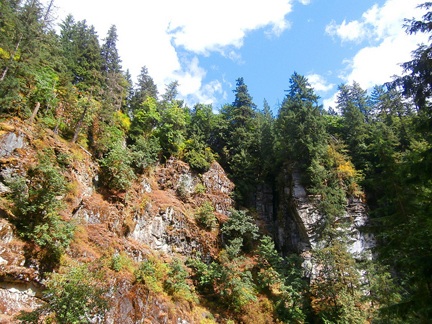She had moved to the area only the year before, lured by the climate, the year-round greenery, and Victoria’s reputation as a city of flowers. Her new home included a garden, with one rocky section that saw little sun. Moss would thrive there, but she wanted something more dramatic. More »
Watching the night sky from the western edge of the continent at this latitude at this time of year presents a gamble. Announcements that a full moon would light the way for midnight mass-goers this year overlooked our forecast rain showers and our understandable preference for warm, lit, cosy quarters over damp, dark, blustery venues.
Even on December 21, clouds ruled the night. They blocked views of the annual Ursid meteor shower. If the weather had cooperated, the solar-reflector qualities of the nearly full moon so enjoyed elsewhere would have washed out sightings of falling stars we might otherwise have caught.
Before the Ursids zipped by behind thick cloud cover, we could have tried our night-sky luck with the much more spectacular Geminids. This shower peaked on December 13 and 14. Typically, as many as 120 meteors can be observed each hour at its height. More »
We live in a part of the world many other people envy us for. We have ocean, mountains, beach, forests, a pretty darn awesome year-round climate for a place just south of the 49th parallel, and a number of big-town services and restaurants for what is, in many ways, a small town.
And on one of those perfect summer or fall or spring or even winter days, you just have to stop and say to yourself, “Seriously, why do I live in such a hell-hole? Let’s just stop the clock, and the moon and the stars and sun, and hold this moment. Forever.” More »
The Queen of Oak Bay ferry joins a long, illustrious list of vessels used for marine research off our coast. The B.C. Ferries vessel was recently outfitted with scientific instruments to sample ocean-surface and atmospheric conditions as it travels its Horseshoe Bay, West Vancouver–Departure Bay, Nanaimo run.
The scientific equipment was added during a $7.7-million upgrade that began last November, and was provided by Ocean Networks Canada, a University of Victoria-based marine observatories network. More »
The hottest, driest summer on record for British Columbia ends this week, three weeks after the first substantial rains in months cleared the air. We will, however, be paying for this past summer for years to come.
Wildfires cost the province more than $260 million so far this year, well over the $63 million allotted. Even though B.C. posted a budget surplus this spring, belts across government will tighten to cover the unplanned-for extra expense. We’ll pay for that when we access programs and services. More »
Next week, routine and structure will descend upon households with members who attend school.
Some parents may agree with a certain office-supply mega-retailer that this is the most wonderful time of the year. Applying the Christmas tune to the back-to-school season is appropriate. The National Retail Federation ranks Back to School next to Christmas for foot traffic and sales. A federation survey indicates U.S. families plan to spend $68 billion ($Cdn 89 billion) on binders, paper, clothing, school-related electronics, and college-dorm furnishings this year, compared to $600 billion ($Cdn 786 billion) spent last November–December.
Crudely recalculated for Canada’s population and declining dollar value, that’s $9.8-billion injected into Canada’s retail economy. More »
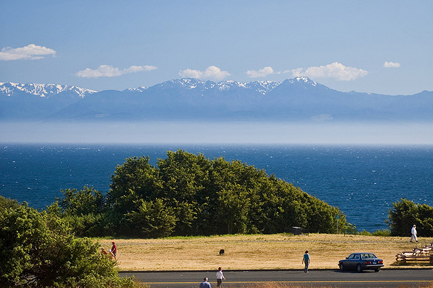
View of Olympic Range and Juan de Fuca Strait along Victoria’s Dallas Road walkway. Photo © Stewart Butterfield via flickr and Creative Commons
The Coast Collective Arts Centre opened its summer show last week. Destination Victoria: Small Local Treasures features small works by Island artists and craftspeople. Each work celebrates the region, its land- and seascapes, and uniquely local experiences.
The show perfectly reflects the centre. Coast Collective resides in historic Pendray House on the shores of Esquimalt Lagoon, and combines a taste of the region’s history with a quietly spectacular setting. It is, itself, a local treasure. More »
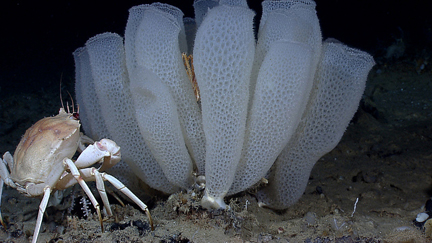
More than 500 species of glass sponge exist. Only some of them have the fused-glass skeletons that lead to the creation of reefs such as those found off B.C.’s coast. Photo: NOAA Okeanos Explorer Program, Gulf of Mexico 2012 Expedition
In recent decades, species of sponges thought to have gone extinct 100 million years ago have been found in B.C.’s coastal waters. They not only make these waters home, but they make homes for themselves and many other creatures.
Now the federal government is moving to safeguard these rare organisms and the unique underwater ecosystems they have created. In early June, Fisheries and Oceans Canada closed B.C’s glass-sponge reefs to all fishing.
In addition, proposed, new marine protected areas will prohibit all seafloor-disturbing activities on and immediately around three glass-sponge reefs in Hecate Strait and Queen Charlotte Sound. The protection focuses on the reefs and small buffer zones, with various activities allowed beyond and in the water column above….
Read the rest of this editorial at the Victoria Times Colonist….

